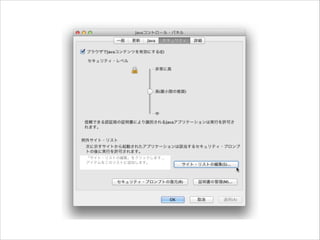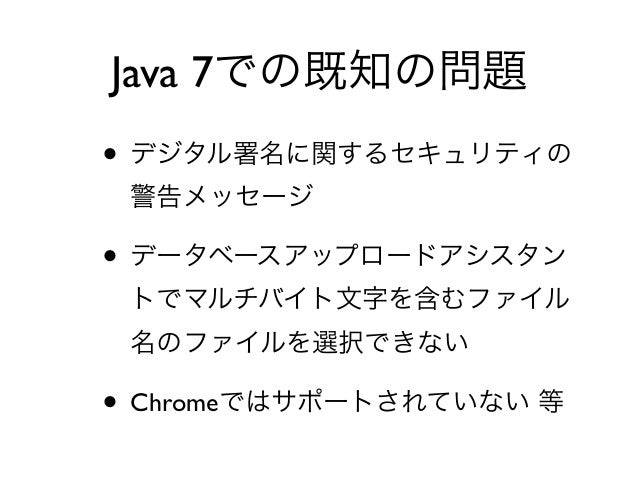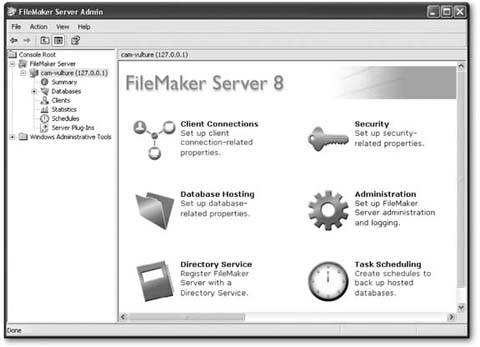
Once you log in, FMS ACE automatically pulls the data for all schedules in the FileMaker Server that you connect to, and it displays them in this fashion. This is very similar to logging into the native Admin Console. When you launch FMS ACE in a web browser, you are prompted for the credentials to connect to your FileMaker Server (the Admin Console credentials). Let’s look at how FMS ACE leverages this new API, and in particular the schedule calls, to work with FileMaker server schedules.

Half of the FileMaker Server 17 Admin API calls involve interacting with schedules (backup, script, send message, and verify database schedules). For a complete list of the calls available, refer to the Admin API documentation installed with FileMaker Server 17 at You can also read Anders Monsen’s introduction to FileMaker 17’s new Admin API. The new Admin API in 17 allows us to interact with FileMaker Server via RESTful calls. Sound appealing? Keep on reading! A Few Words on the FMS Admin API Your edits are automatically pushed to your FileMaker Server.

You can choose to see them in a “month”, “week”, or “day” view, and you can create and delete schedules right from the calendar in FMS ACE. FMS ACE is a JavaScript app, just like the native FileMaker Server 17 Admin Console.įMS ACE leverages the new Admin API in FileMaker Server 17 to obtain all schedules in a FileMaker Server, and it displays them in a calendar format for you to see at a glance all schedules defined in your server. You can run both of them side by side in a web browser. Rather, we see it as an easy-to-use complement to the stock Admin Console. We do not intend for FMS ACE to replace the native FileMaker Admin Console.
Filter the schedule display by schedule type.  Display all schedules on the server in a calendar view. This version of FMS ACE provides the following enhancements: We set out to build a web-based extension of the native Admin Console, an app called FMS ACE (FileMaker Server Admin Console Extension). Our team is sharing it with the FileMaker community for free, in an open source form for anyone to modify and extend. Introducing the FileMaker Server Admin Console Extension To do so, we are leveraging the new Admin API to simplify tasks that are no longer available via the native Admin Console, but also to do things that were not possible before 17, like visualize and manipulate FileMaker Server schedules in a calendar view. Moving Forward in FileMaker 17Īt Soliant Consulting we thought it would be nice to have a convenient, web-based means from which to administer more aspects of FileMaker Server than what the stock Admin Console offers. FileMaker Server 17 and SSL Changes You Need to KnowĪs explained in much greater detail in those white papers, most of the functionality in previous versions of the Admin Console has not gone away, but it’s no longer available through the Admin Console instead, we now need to rely on the Admin CLI and/or the Admin API to use and/or set some of those features and options. FileMaker Server Monitoring in FileMaker 17. FileMaker Server 17 Admin Console, Admin API, and Admin CLI. Blackwell for a comprehensive review of how the FileMaker Admin Console has changed in FileMaker 17. Setting the maximum number of hosted files, enabling/disabling the stats log, enabling/disabling the XML and the PHP APIs, are no longer available from the Admin Console.ĭownload the tech briefs co-authored by Wim Decorte and Steven H. For instance, “send message” and “verify database” schedules can no longer be created from the console. Now, some features that were available in the Admin Console in previous versions of FileMaker Server are no longer available in it. The FileMaker Server 17 Admin Console has been redesigned with a fresh, new look.
Display all schedules on the server in a calendar view. This version of FMS ACE provides the following enhancements: We set out to build a web-based extension of the native Admin Console, an app called FMS ACE (FileMaker Server Admin Console Extension). Our team is sharing it with the FileMaker community for free, in an open source form for anyone to modify and extend. Introducing the FileMaker Server Admin Console Extension To do so, we are leveraging the new Admin API to simplify tasks that are no longer available via the native Admin Console, but also to do things that were not possible before 17, like visualize and manipulate FileMaker Server schedules in a calendar view. Moving Forward in FileMaker 17Īt Soliant Consulting we thought it would be nice to have a convenient, web-based means from which to administer more aspects of FileMaker Server than what the stock Admin Console offers. FileMaker Server 17 and SSL Changes You Need to KnowĪs explained in much greater detail in those white papers, most of the functionality in previous versions of the Admin Console has not gone away, but it’s no longer available through the Admin Console instead, we now need to rely on the Admin CLI and/or the Admin API to use and/or set some of those features and options. FileMaker Server Monitoring in FileMaker 17. FileMaker Server 17 Admin Console, Admin API, and Admin CLI. Blackwell for a comprehensive review of how the FileMaker Admin Console has changed in FileMaker 17. Setting the maximum number of hosted files, enabling/disabling the stats log, enabling/disabling the XML and the PHP APIs, are no longer available from the Admin Console.ĭownload the tech briefs co-authored by Wim Decorte and Steven H. For instance, “send message” and “verify database” schedules can no longer be created from the console. Now, some features that were available in the Admin Console in previous versions of FileMaker Server are no longer available in it. The FileMaker Server 17 Admin Console has been redesigned with a fresh, new look. 
FileMaker Server 17 includes exciting new offerings, including a Data API out of beta and a brand new Admin API.








 0 kommentar(er)
0 kommentar(er)
